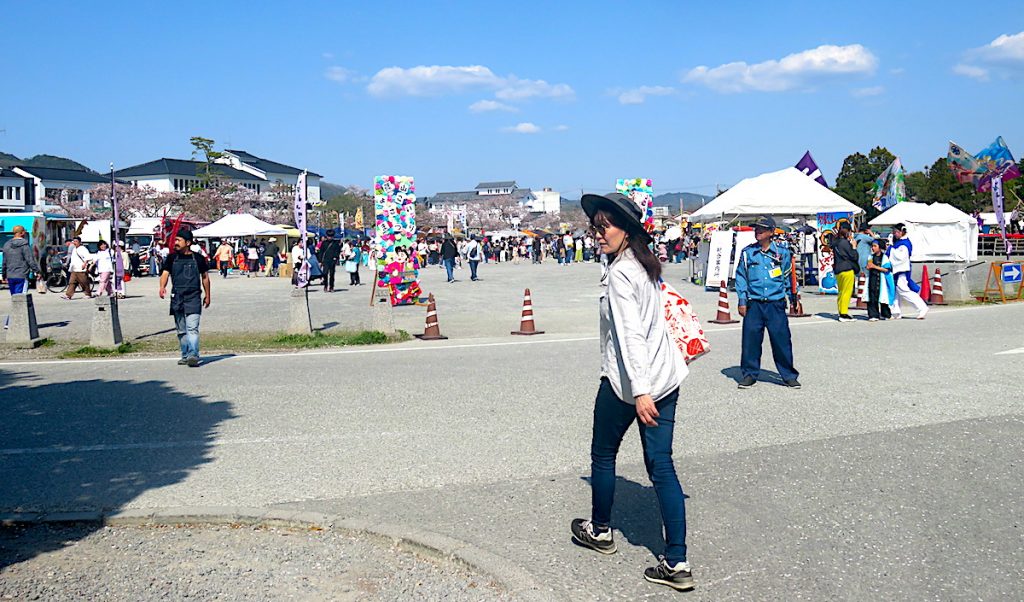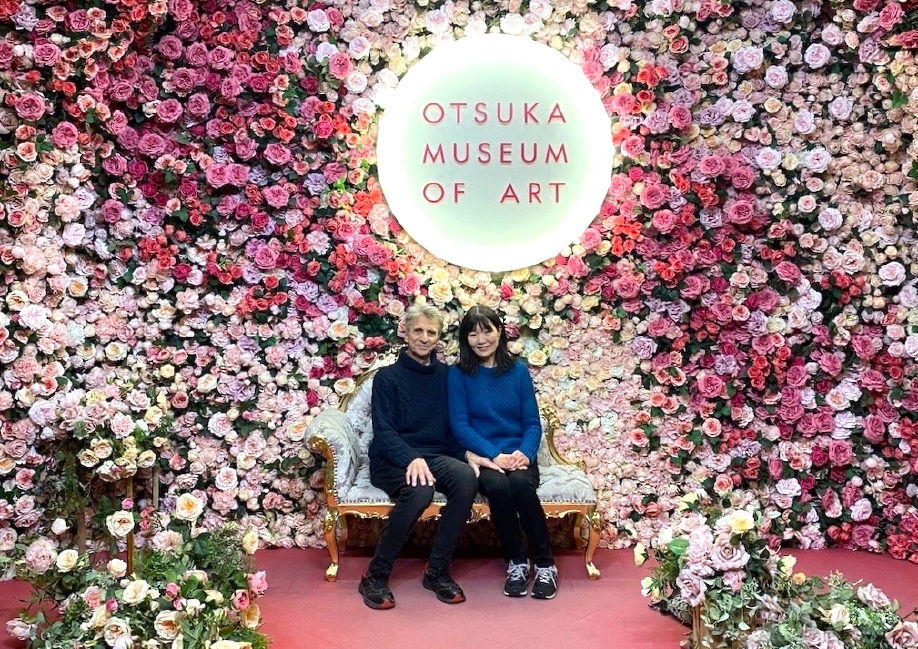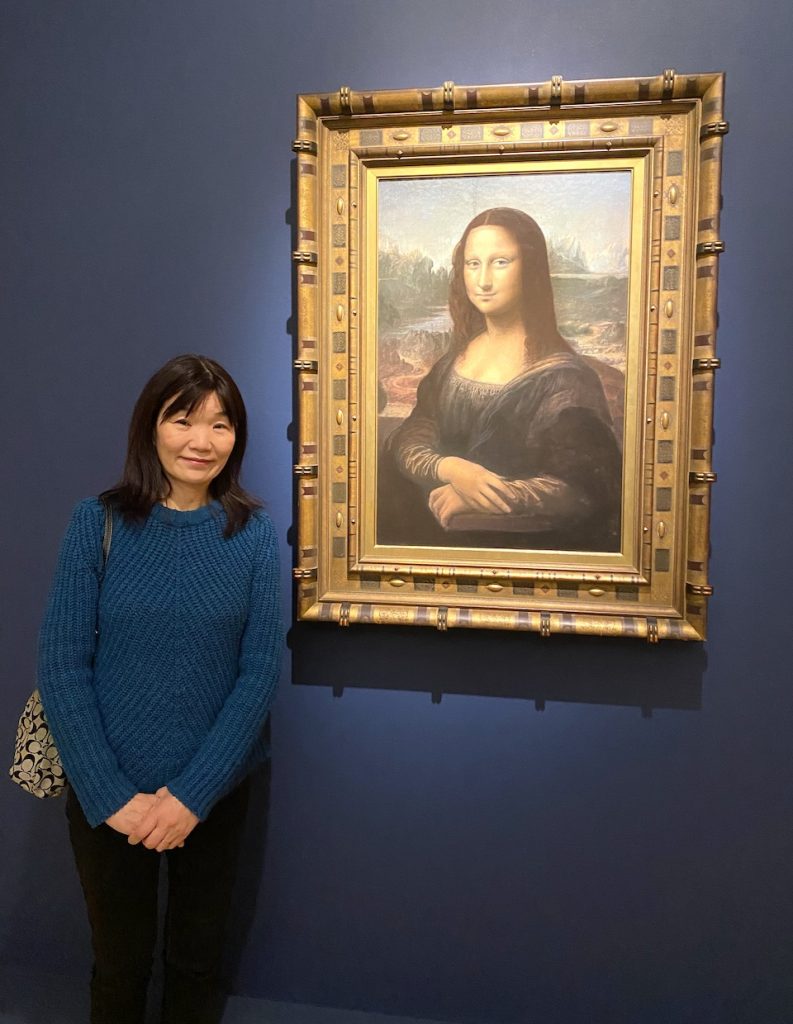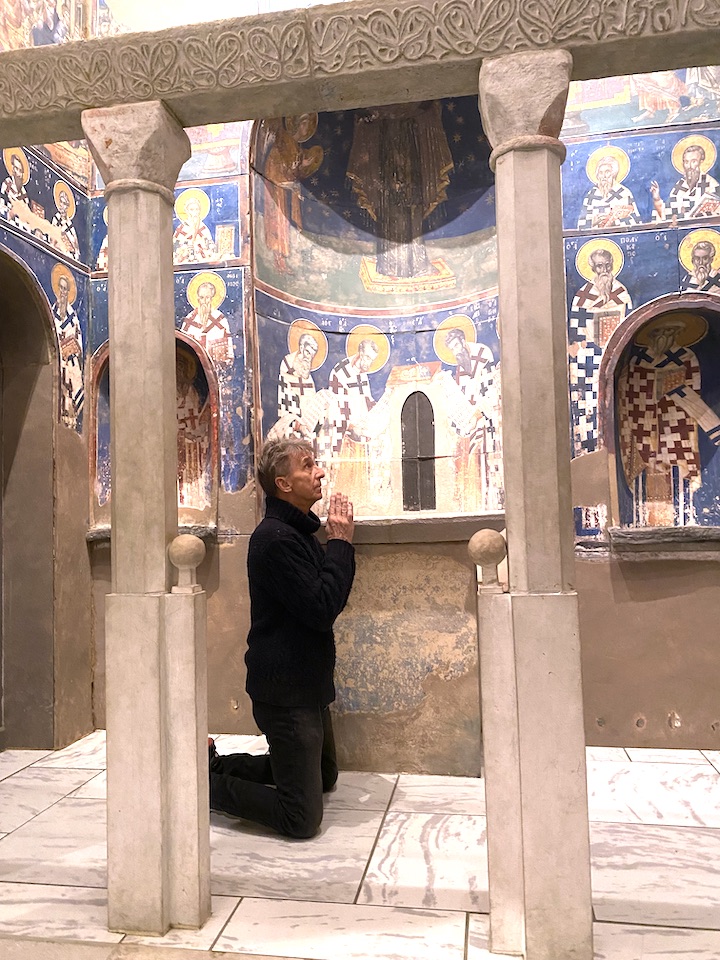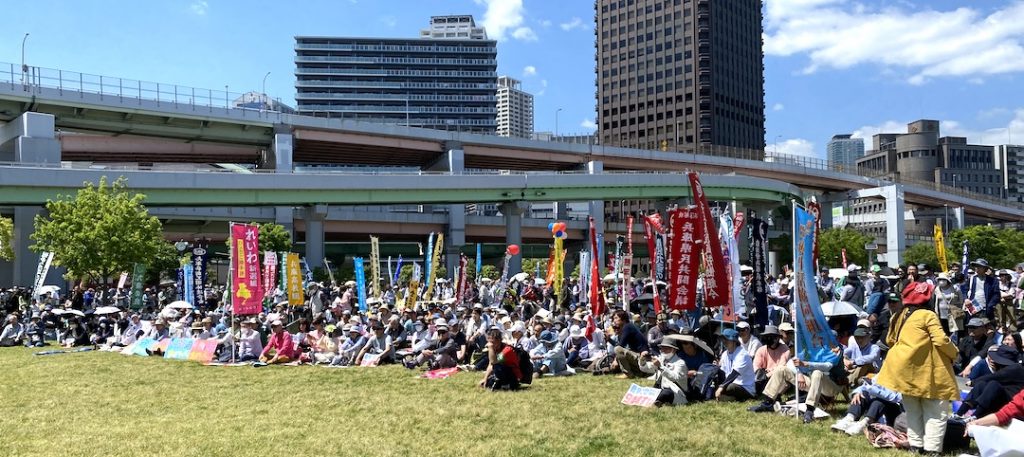
You wouldn’t know it from the saber-rattling of recently assassinated former prime minister Shinjo Abe, or current prime minister Fumio Kishida, whose slavish obsequiousness to the forever war whims of the United States, is shameful and nauseating. But the vast majority of Japanese citizens, especially the older generations who remember the horrors of World War II, are for peace. They support Article 9 of the Japanese Constitution, which forbids anything other than a purely defensive military, just what is minimally necessary to defend Japan from aggression by other countries.
As a public school teacher, my wife Masumi belongs to a union and that union supports a truly left-wing agenda, one that serves the interests of working people and actively promotes peace.
Every year, they have a sizable demonstration, a march in Kobe for their admirable agenda.
This year emphasized their support for strict adherence to Article 9 and separating Japan from its destructive allegiance to America. The U.S still has at last count 56 military bases here, essentially an occupation force in place continuously almost 80 years after the Japanese surrendered and hostilities of the Second World War ended. That was September 2, 1945.
I guess to avoid its characterization as being “confrontational”, this years rally was called a parade, though it felt like a demonstration to me, minus the tear gas and pepper spray. Mind you, the last such event I attended was in 2003 in Portland, Oregon, when 58,000 people in a futile effort to prevent U.S. aggression, marched against invading Iraq. We were among the millions across the entire globe who raised our voices, who declared loud and clear, heartfelt opposition to the anticipated, unjustified, illegal war on Iraq — one based purely on lies propagated by the Bush administration. We know how that turned out.
Which is largely the reason for my current position on demonstrations. They feel good, they are important in terms of “educating” the public, they usually represent the best instincts and intentions of the saner elements in society — the pro-Palestinian demonstrations going on right now being a very noble example — BUT the people who need to hear the messaging of such efforts aren’t paying attention and certainly aren’t listening. So no matter how many people attend or how much they’re on the correct side of an issue, demonstrations are for the most part ineffective, and have been since the anti-Vietnam War rallies back in the 70s. That’s the reality of the situation as it currently stands. Sad but true.
In any case, Masumi and I marched for peace with about 5,000 other good, decent folks. As the only Westerner, I both stood out and felt very special.
I made my own sign for the peace parade. On one side it said in English, “Respect other people, respect other countries, no more war.” On the other side, the same message was in Japanese, to which my wife added, “Respect others, respect yourself.” Nice touch! Which is why I married this wonderful person. She’s brilliant and her heart is in the right place.
Lucky me!






